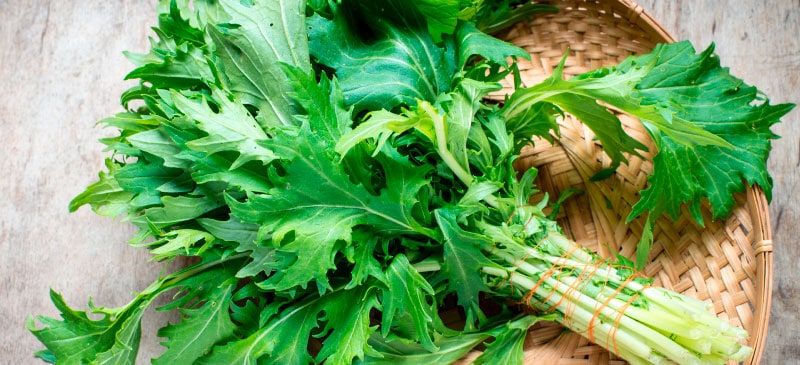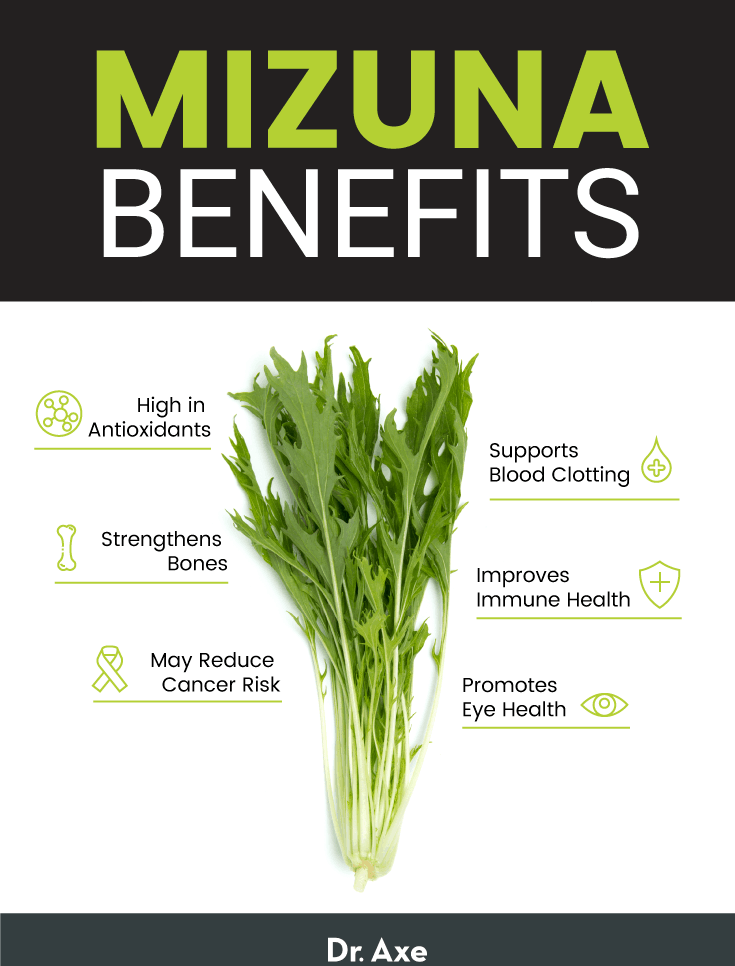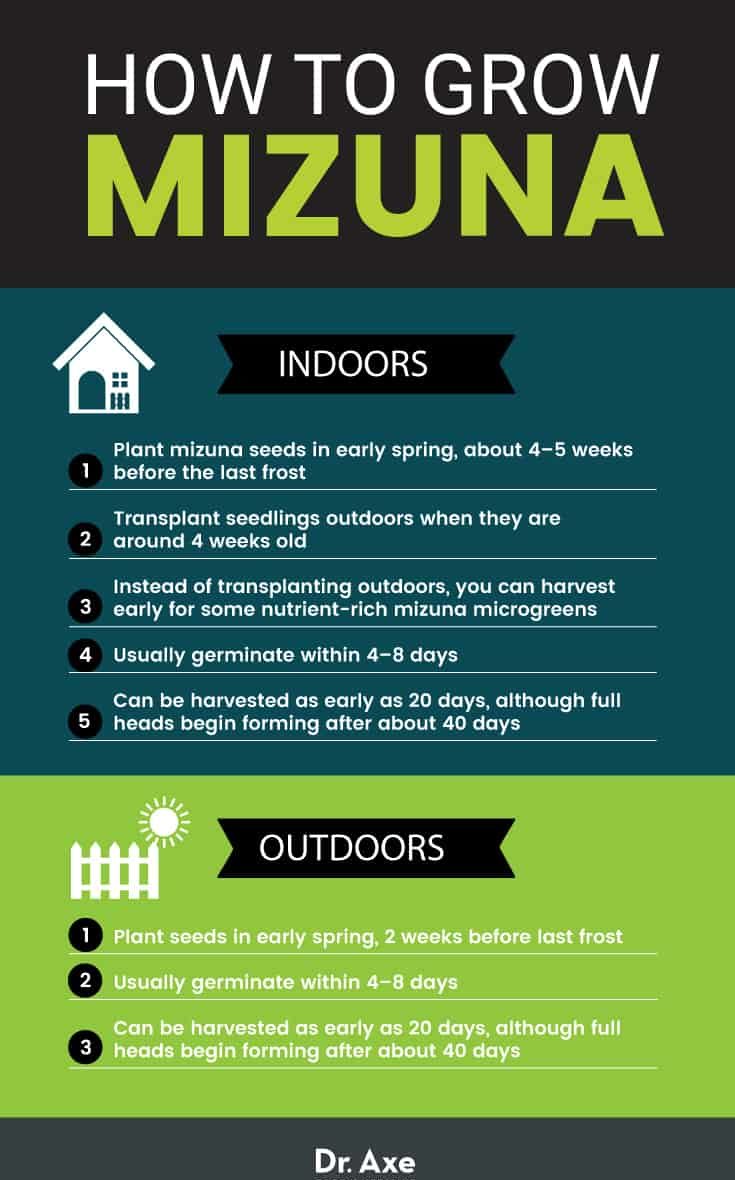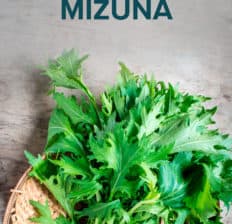This Dr. Axe content is medically reviewed or fact checked to ensure factually accurate information.
With strict editorial sourcing guidelines, we only link to academic research institutions, reputable media sites and, when research is available, medically peer-reviewed studies. Note that the numbers in parentheses (1, 2, etc.) are clickable links to these studies.
The information in our articles is NOT intended to replace a one-on-one relationship with a qualified health care professional and is not intended as medical advice.
This article is based on scientific evidence, written by experts and fact checked by our trained editorial staff. Note that the numbers in parentheses (1, 2, etc.) are clickable links to medically peer-reviewed studies.
Our team includes licensed nutritionists and dietitians, certified health education specialists, as well as certified strength and conditioning specialists, personal trainers and corrective exercise specialists. Our team aims to be not only thorough with its research, but also objective and unbiased.
The information in our articles is NOT intended to replace a one-on-one relationship with a qualified health care professional and is not intended as medical advice.
What Is Mizuna? Top 6 Benefits of This Supergreen
July 26, 2023

This superstar green is high in nutrients yet low in calories and boasts a long list of benefits to your health. I’m talking about mizuna, a member of the Brassica family of vegetables that is commonly found in Japanese cuisine but has begun making its way to kitchens around the world.
What is mizuna? Often described as having a rich, peppery flavor, it’s frequently compared to arugula or young mustard greens and can be enjoyed raw or cooked and used in a wide array of dishes.
Not only is it easy and fast to grow, but this unique green can withstand even extreme conditions and temperatures, making it ideal for novice and expert gardeners alike.
Plus, it’s high in many nutrients and has been associated with several health benefits, including improved eye, bone and immune health, as well as improved blood clotting and a potentially reduced risk of cancer.
What Is Mizuna?
Mizuna is a plant that goes by many names, including spider mustard, Japanese mustard greens, water greens, kyona or its scientific name, Brassica juncea var. japonica.
This nutritious green is a variety of mustard greens and also closely related to many other plants in the Brassica family, such as broccoli, cauliflower, cabbage, turnip, mustard and rutabaga.
Mizuna lettuce is available in several different forms. In fact, 16 varieties have been identified, including “Purple Mizuna,” “Early Mizuna” and “Kyona Mizuna,” among others.
It is a common ingredient in salads and is usually mixed with other greens, but its mild, peppery flavor also makes a great topping for pasta dishes, soups, stews and pizzas.
Besides being full of flavor, this healthy green is also high in many nutrients, including vitamins A, C and K. It is also rich in antioxidants and may come with several unique benefits to health.
Although typically considered a Japanese green as it has been used there for centuries, mizuna is a plant that is actually native to China.
Mizuna stands out from other greens because of its ability to grow in practically any condition. From arctic temperatures to intense heat and everything in between, mizuna is able to grow year-round and can be harvested quickly with a fast turn-around time.
While most often found as a staple salad ingredient, it has many other uses around the world. In Japan, for instance, it’s often pickled and served as an appetizer. It can also be cooked and used in dishes like stir-fries, pastas or pizzas.
Though once nearly impossible to find outside of Asian countries, its popularity has begun to spread, making it now widely available at select specialty markets worldwide.
Health Benefits
1. High in Antioxidants
Most of the mizuna health benefits stem from the fact that this green provides a megadose of nutrients, including antioxidants. Antioxidants are compounds that work by neutralizing harmful free radicals, preventing damage to cells and reducing the risk of chronic disease.
Studies have found that mizuna also contains kaempferol, a plant compound that acts as an antioxidant and has been associated with a multitude of health benefits. Kaempferol has been shown to block the spread of cancer cells, protect healthy cells and reduce chronic inflammation.
In addition to mizuna, other good sources of kaempferol and antioxidants include broccoli, Brussels sprouts, apples, squash and spinach.
2. Supports Blood Clotting
Mizuna is loaded with vitamin K, an important nutrient that serves many functions in the body. Most notably, vitamin K helps promote the healthy formation of blood clots.
Coagulation is essential and helps prevent excessive bleeding by forming a clot and allowing the healing process to begin. Vitamin K deficiency can impair this process and may result in increased blood loss and easy bruising.
Vitamin K is also found in other leafy green vegetables as well as cauliflower, cabbage and Brussels sprouts.
3. Strengthens Bones
Besides encouraging healthy blood clotting, vitamin K is also a crucial component of bone health. Vitamin K is believed to directly impact bone metabolism and positively affect the balance of calcium, a mineral that is essential to building strong bones and preserving bone density.
Several studies have found that a higher intake of vitamin K may reduce the risk of bone fractures in some populations. Mizuna is high in vitamin K, providing 348 percent of the daily recommended value in just one cup.
Besides increasing your vitamin K intake, eating enough calcium from leafy greens, dairy and fish and getting enough sunlight exposure each day or taking a supplement to get your daily dose of vitamin D can also help keep your bones strong.

4. Can Improve Immune Health
Thanks to its impressive nutrient profile and high antioxidant content, mizuna may also be able to help keep your immune system working efficiently. This is partially because it is high in vitamin C, with just one cup knocking out about 65 percent of the daily recommended value.
If you’ve ever loaded up on the citrus fruits or supplemented with vitamin C when you felt a case of the sniffles coming on, it was for good reason. Vitamin C has been shown to reduce the duration and severity of respiratory tract infections and may also decrease the risk and improve outcomes for conditions like malaria and pneumonia.
Additionally, mizuna is high in antioxidants that can help amp up immunity even more. Antioxidants have been shown to improve immune function while also protecting against infection.
5. May Reduce Cancer Risk
Some studies have even found that this nutrient-rich green, along with other vegetables in the same family of plants, could reduce the risk of certain types of cancer.
One review by the Netherlands Organization for Applied Scientific Research at the Nutrition and Food Research Institute, for example, found that, in 67 percent of studies reviewed, a higher intake of vegetables in the Brassica family was linked to a reduced risk of cancer.
Another review published in the journal Nutrition and Cancer showed that an increased intake of Brassica vegetables was associated with a lower risk of prostate cancer in particular.
Of course, keep in mind that these studies show an association, but there may be other factors involved. More research is needed to measure how much of an effect mizuna may have on cancer prevention.
6. Promotes Eye Health
Mizuna is packed with vitamin A, supplying 118 percent of the daily recommended value in each cup. Vitamin A is a fat-soluble vitamin that is absolutely crucial when it comes to eye health. A deficiency in vitamin A can result in symptoms like dry skin and eyes, night blindness, hazy vision, and even blindness.
It is also a good source of lutein, a type of carotenoid with antioxidant properties that can help protect your vision and eye health. Studies show that increasing your intake of lutein can decrease your risk of disorders like age-related macular degeneration, a condition caused by damage to the retina that results in symptoms like blurry vision.
To protect eye health even more, fill up your plate with other leafy greens, like kale, turnip greens and spinach. These nutritious foods are high in both vitamin A and lutein as well as other important health-promoting antioxidants.
Related: Tatsoi: The Immune-Boosting, Heart-Healthy Benefits of ‘Vitamin Green’
Nutrition Facts
Mizuna is an incredibly nutrient-dense food, meaning it packs tons of vitamins and minerals into every serving but has very few calories.
One cup (42.5 grams) of chopped mizuna contains approximately:
- Calories: 14.6
- Total Carbohydrates: 2.7 g
- Fiber: 1.8 g
- Sugar: 0 g
- Total fat: 0 g
- Protein: 1.5 g
- Vitamin K: 278 mcg (348% DV)
- Vitamin A: 5,881 IU (118% DV)
- Vitamin C: 39.2 mg (65% DV)
- Folate: 105 mcg (26% DV)
- Manganese: 0.3 mg (13% DV)
- Vitamin E: 1.1 mg (6% DV)
- Calcium: 57.7 mg (6% DV)
- Potassium: 198 mg (6% DV)
- Vitamin B6: 0.1 mg (5% DV)
- Iron: 0.8 mg (5% DV)
*Daily Value: Percentages are based on a diet of 2,000 calories a day.
Uses and Where to Find It
Mizuna is a versatile green that can be used in a variety of different ways. Try whipping up a mizuna salad recipe to enjoy the fresh flavor, or use it to complement stir-fries or soups instead.
After washing and straining mizuna, you can store in the refrigerator for three to four days. Be sure to cover it to ensure that it is able to retain its moisture.
Then, mix your mizuna greens with other types of lettuce for a nourishing salad, sprinkle it over soups and stews as a garnish, or add it to your favorite pasta dish for a nutrient-rich boost.
Depending on where you are, mizuna can be a tricky green to get your hands on. You can sometimes find it in specialty Asian grocery stores, health food stores or farmers markets, and it is most often available in late spring to early summer.
If you’re having trouble finding it, arugula salad or young mustard greens work as suitable mizuna substitutes and offer a similar nutrient profile and comparable taste.
You can also try growing it on your own. Even without a green thumb, mizuna microgreens are easy to grow, regardless of whether you’re an apartment dweller or have an entire garden.
How to Grow Mizuna
One of the biggest benefits of mizuna is how effortless it is to grow right from the comfort of your own backyard. Growing mizuna is an easy and fun way to take advantage of its unique nutritional properties and interesting flavor.
You can plant mizuna seeds in early spring, about four or five weeks before the last frost date if you’re planting indoors or two weeks before for outdoor plants. If you do plant indoors, transplant seedlings outdoors when they are around four weeks old or harvest early for some nutrient-rich mizuna microgreens.
These plants germinate quickly, usually within about four to eight days. They can be harvested as early as 20 days, although full heads begin forming after about 40 days.

Recipes
If by now you’ve been convinced to start incorporating this nutrient-loaded, easy-to-grow green in your diet, here are a few mizuna recipes that you can try out:
- Daikon Salad with Japanese Plum Dressing
- Mizuna Pesto Farrotto with Oven-Roasted Olives
- Crispy Mizo-Braised Pork Belly Salad
- Spring Mizuna & Pea Pasta
- Roasted Sweet Potato & Mizuna Salad
Risks and Side Effects
Mizuna is high in vitamin K, a nutrient that plays a role in blood clotting. If you’re taking a blood thinner, maintaining consistent vitamin K intake is important to prevent interfering with your medications.
Additionally, foods in the Brassica family, including mizuna, tend to be high in oxalates. If you have issues with oxalate kidney stones, you should moderate your intake of mizuna to prevent oxalate stone formation.
For most, however, this highly nutritious green can be consumed safely with minimal risk of side effects. If you do experience any adverse side effects after consumption, however, be sure to consult with your doctor immediately.
Final Thoughts
- Mizuna is a green closely related to mustard greens and other Brassica vegetables, including broccoli, cabbage and turnip.
- This green is nutrient-dense, rich in antioxidants, and high in vitamins K, A and C. It has been linked to a decreased risk of cancer, improved immune health and blood clotting, better eye health, and stronger bones.
- In addition to being available at some specialty Asian stores and farmers markets, mizuna can also be grown straight from your backyard or windowsill. Grow it to maturity, or harvest early and use it as a microgreen.
- With a slightly spicy, peppery flavor, use this versatile green to add an extra dose of flavor and nutrients to your next salad, stir-fry or soup.















